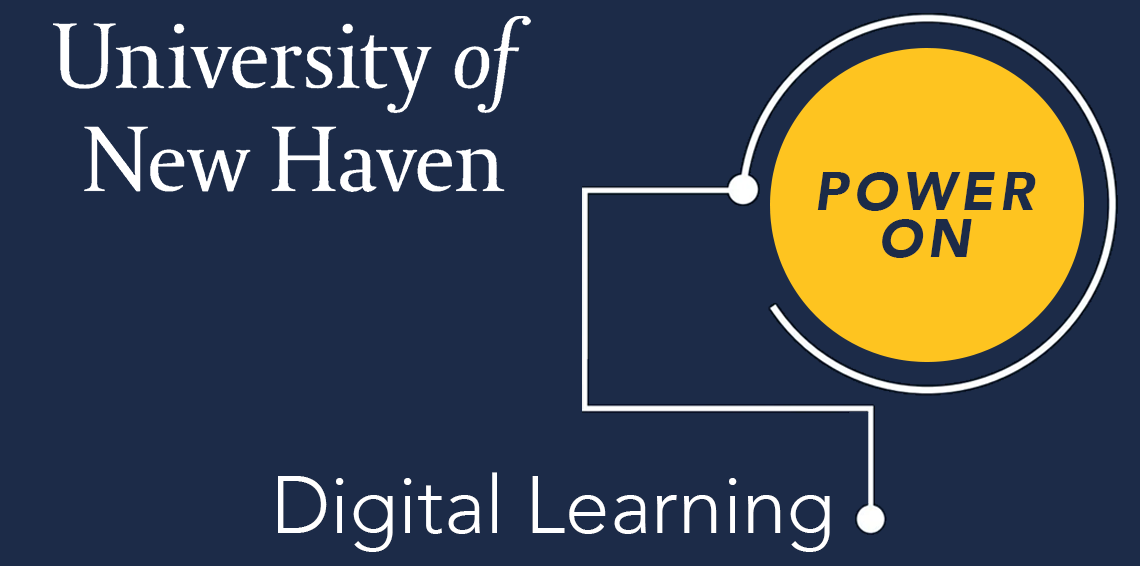What is AI?
Artificial Intelligence (AI) is a branch of computer science that focuses on creating systems capable of performing tasks that typically require human intelligence, such as recognizing patterns, understanding language, and making decisions. AI is increasingly integrated into everyday life, with applications ranging from virtual assistants like Siri and Alexa to recommendation systems on platforms like Netflix and Amazon, and even in healthcare for diagnosing diseases. In other words – many of the tools we all use every day. Generative AI is the thing that many of us are wrapping our heads around as educators, and thinkers in the higher ed space.
Generative Artificial Intelligence (AI) refers to AI systems designed to create new content, such as text, images, music, or even code, by learning patterns from existing data. Unlike traditional AI, which might classify or analyze data, generative AI can produce original outputs that mimic human creativity. For example, it can write essays, generate realistic images, or compose music by understanding and replicating the styles and structures found in the data it has been trained on. Key examples include language models like ChatGPT, which can generate human-like text, and image generation tools that create artwork based on user prompts.
A very important thing to remember about AI and all new technology is the Gartner Hype Cycle- pictured right.

What tends to happen is we get either euphoric Avatar-type expectations that are not attainable (at least not in the now), or the Terminator fear of destruction. Either way, these inflated expectations are non-conducive to practical or theoretical progress. We need to dive in, understand what the technology can and cannot do, and then leverage it for the good of our university, students, and community.
Here are some Key Terms:Machine Learning (ML)
Where systems learn from data to improve their performance; Natural Language Processing (NLP) – enabling AI to understand and interact with human language.
Large Language Model (LLM)
A type of AI model designed to understand, generate, and process human language. These models are trained on vast amounts of text data from books, websites, and other sources, allowing them to learn the structure, grammar, and nuances of language. As a result, they can perform a wide range of tasks like answering questions, generating text, translating languages, and summarizing information. The “large” in LLM refers to the massive size of the model, both in terms of the number of parameters (the mathematical components that define the model’s behavior) and the amount of data used to train it, which enables it to handle complex language tasks with a high degree of fluency and accuracy.
Beware of hallucinations!
A “hallucination” refers to a situation where the AI generates information that sounds correct but is made up or inaccurate. For example, if you ask an AI to provide facts about a historical event, it might produce a convincing answer that includes details or quotes that aren’t real. It’s called a “hallucination” because, like a human hallucination, the AI is creating something out of thin air that doesn’t actually exist. AI will frequently tell you a wrong answer with confidence, so always fact check it.

Policy & Procedure
If there are AI academic integrity concerns, they should be addressed in the same manner as all academic integrity issues as outlined in our University of New Haven policy and found in the student handbook on pages 75-78. Faculty responsibility and procedures for handling academic integrity issues can be found on pages 79-80.
AI Detectors
It is not a good idea to rely solely on AI detectors as AI detectors rely on patterns and statistical analysis, which can be easily confused by nuances in language, style, and context. As AI models improve, it becomes even harder for detectors to accurately identify AI-generated content.
AI is a tool. As leaders in education, research, and teaching, we need to be ahead of the curve on new technologies and implement them to help ourselves, enhance our pedagogy, and lead our students into the future. Many AI tools can enhance your course design and teaching style as well as to increase efficiencies in your workflow.
AI is in everything we use and all the technology we work with. Students are already using it. It is our responsibility to help guide them to using AI ethically, soundly, and effectively so they can be productive and successful in their industries.
The surface for AI has not even been scratched yet, but if you are ready to dive a little deeper, get in contact with Digital Learning to get some ideas, resources, and examples to get into the more advanced areas of AI.
